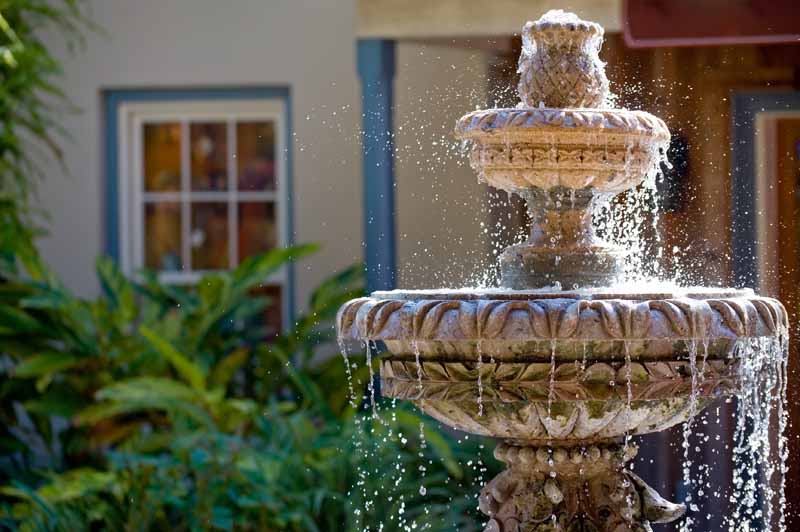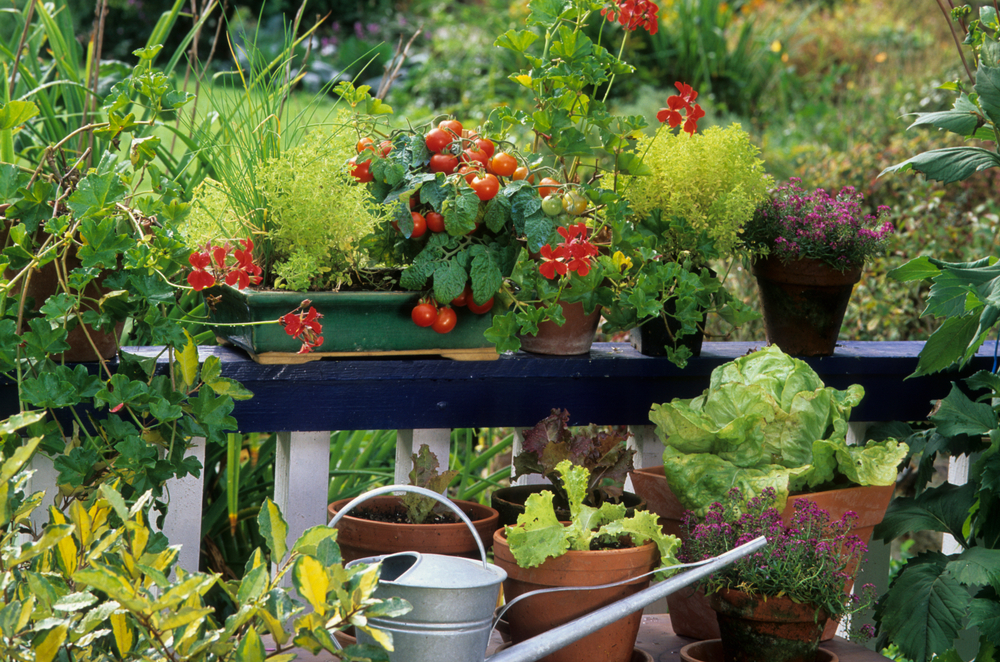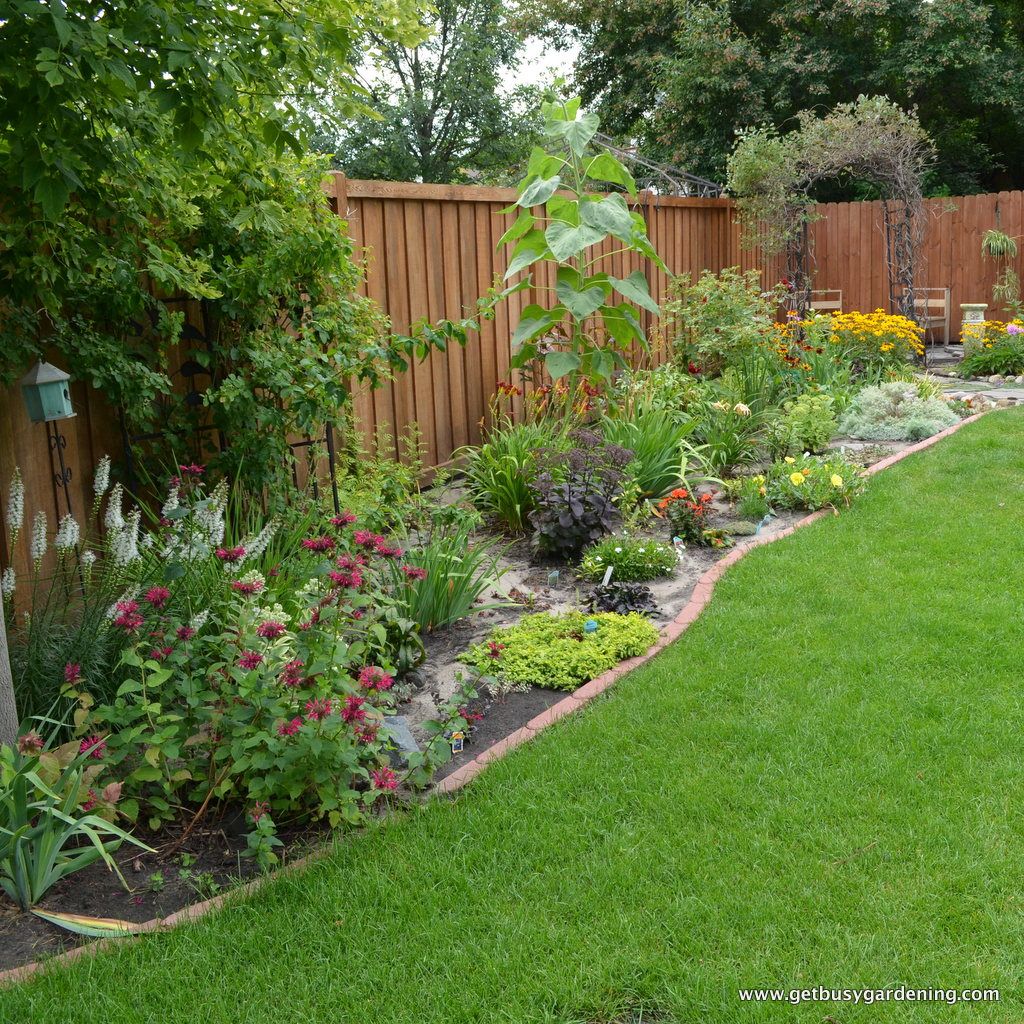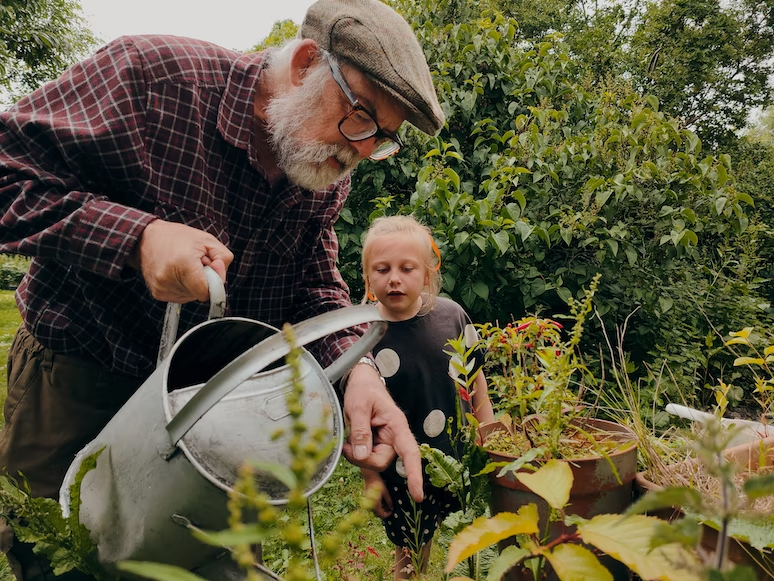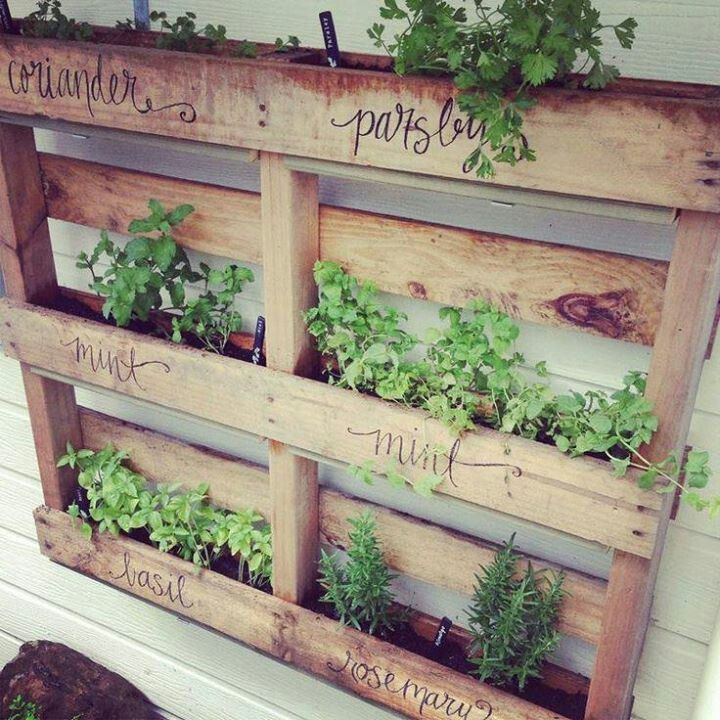Did you know that up to 30% of household waste can be composted, but many people encounter common issues when trying to compost effectively? From unpleasant odors to slow decomposition, these problems can deter even the most dedicated gardeners. In this post, we’ll delve into troubleshooting common composting problems and provide practical solutions for each issue. Whether you’re a seasoned composter or just starting out, understanding tips on how to address challenges with food scraps, ingredients, and microbes will help you create nutrient-rich compost for your garden while minimizing waste.
Composting plays a vital role in sustainable living practices and reducing our environmental impact. By tackling the hurdles that often arise during the composting process, including organisms, bugs, and ingredients, we can turn potential setbacks into successes and contribute positively to our planet’s health.
Key Takeaways
- Regularly monitor your compost pile to identify and address common issues such as moisture imbalance, heat regulation, odors, plant sprouting, inappropriate materials, and pest infestation.
- Maintain balanced moisture levels by adding dry materials like leaves or shredded paper to counter excessive wetness, or watering the pile if it’s too dry.
- Ensure proper decomposition by regulating the heat in your compost pile; turn the materials regularly to aerate and distribute heat evenly.
- Address unpleasant odors by mixing in dry materials, turning the pile, or adjusting the carbon-nitrogen ratio.
- Prevent plant sprouting and weed growth by layering the compost with brown materials, turning it regularly, or using a closed composting system.
- Use appropriate composting materials such as kitchen scraps, yard waste, and plant-based materials while avoiding meat, dairy, and oily items.
- Manage grass clippings and green waste by mixing them with brown materials, turning the pile, and maintaining proper aeration to prevent matting.
- Deal with pests and attractants by covering the compost pile, avoiding adding meat or oily foods, and incorporating pest-repelling ingredients like citrus peels or coffee grounds.
- Effectively utilize finished compost in gardens by mixing it into the soil, using it as mulch, or creating compost tea for nourishing plants.
Identifying Common Composting Issues
Signs of Insufficient Decomposition
Recognizing signs of insufficient decomposition is crucial. One indicator is the presence of recognizable materials such as eggshells, avocado pits, or corn cobs that haven’t broken down. Another sign can be the lack of heat in the center of your compost pile, which indicates inadequate microbial activity. If you notice these issues with the piles, consider adding more nitrogen-rich materials like grass clippings or vegetable scraps and turning the pile more frequently to aerate it.
Composting Problems:
- Recognizable materials not breaking down
- Lack of heat in the center of the pile
Pests:
- Flies
- Rodents
Presence of Pests in Your Compost Pile
Identifying common compost problems includes being aware of pests infesting your compost pile. These pests may include flies and rodents attracted to food scraps that haven’t decomposed properly. To address this issue, ensure that your compost bin has a secure lid and avoid putting meat or dairy products into it as they can attract unwanted visitors. Regularly turning your compost material will help deter pests problem by disrupting their habitats and exposing them to predators like birds.
- Flies laying eggs on exposed food waste.
- Rodents digging through unturned piles for undecomposed material.
Unpleasant Odor:
- Rotten eggs smell – anaerobic conditions.
- Ammonia smell – excess nitrogen-rich materials.
Unpleasant Odor from Your Compost
Another aspect when troubleshooting common composting problems is determining if your compost material has an unpleasant odor. A rotten eggs smell often indicates anaerobic conditions caused by compacted layers within the pile; meanwhile, an ammonia odor typically results from excessive nitrogen-rich materials without enough carbon-based matter to balance them out effectively.
Key Information:
- Rotten eggs smell: Anaerobic conditions due to compaction.
- Ammonia smell: Excessive nitrogen with insufficient carbon balance.
Balancing Moisture Levels for Optimal Decomposition
Importance of Moisture in Composting
Moisture plays a crucial role in the decomposition process of composting. It helps create the perfect environment for beneficial organisms like bacteria and fungi to break down organic matter. Without enough moisture, these organisms cannot thrive, slowing down the decomposition process. Conversely, too much moisture can lead to anaerobic conditions where unpleasant odors develop in material.
Maintaining proper moisture levels is essential for successful composting. When your pile has the right amount of moisture, it ensures that microorganisms have what they need to transform raw materials into rich soil amendment.
Checking and Adjusting Moisture Levels
To prevent overly dry or wet compost material, regularly check its moisture content. One way to do this is by squeezing a handful of material from your pile; if no water drips out but it sticks together when you open your hand, then it’s just right. If water drips out or if the material doesn’t stick together at all, adjustments are needed.
When dealing with excess moisture, add more dry materials such as straw or shredded paper to absorb some of the extra water and improve aeration within the pile. On the other hand, if your compost material is too dry, sprinkle some water over thin layers as you build or turn your pile.
Remember that achieving an optimal nitrogen balance, often referred to as “greens,” which includes food scraps and grass clippings along with “browns” like leaves and cardboard will help maintain suitable moisture levels while providing enough nitrogen for microbial activity.
Regulating Heat to Ensure Proper Compost Cooking
Understanding Heat’s Role
Heat plays a crucial role in the composting process. Pile cooking is essential for breaking down organic matter effectively. When the pile heats up, it accelerates decomposition, helping turn waste into nutrient-rich soil. Microorganisms responsible for decomposition thrive in warm environments.
To monitor and regulate your compost pile’s temperature, consider using a thermometer. Insert it into the center of the pile to get an accurate reading of its internal heat levels. If you notice that the pile isn’t heating up enough, it might be too small or lacking nitrogen-rich materials like food scraps.
Signs of Inadequate or Excessive Heat
Inadequate heat can lead to slow decomposition and an unpleasant odor emanating from your compost heap. On the other hand, excessive heat can kill beneficial microorganisms necessary for efficient decomposition and result in a hot pile that steams when turned.
Signs of inadequate heat include a lack of warmth when placing your hand inside the compost and slow breakdown of materials. Conversely, signs of excessive heat involve foul smells resembling rotten eggs and visible steam rising from the heap during turning.
Addressing Unpleasant Odors in Your Compost Pile
Common Causes of Foul Odors in Compost
Unpleasant odors can be a common issue. These smells are often caused by anaerobic conditions, which occur when the pile lacks proper oxygen flow. This lack of oxygen leads to the production of compounds like hydrogen sulfide, resulting in that distinctive smell of rotten eggs.
Excessive moisture and an imbalance of green (nitrogen-rich) and brown (carbon-rich) materials can contribute to foul odors. When organic matter decomposes without sufficient air, it produces these offensive smells.
Effective Methods for Odor Elimination
To combat these smells and restore a pleasant odorless environment for your compost pile, there are several effective methods you can employ. First and foremost, ensure that your compost pile is well-aerated through regular turning or mixing. This allows oxygen to penetrate the material, promoting aerobic decomposition while minimizing foul odors associated with anaerobic breakdown.
Another method involves adjusting the carbon-to-nitrogen ratio by adding more brown materials such as dry leaves or straw if the pile is too nitrogen-heavy. Balancing this ratio creates an optimal environment for beneficial microorganisms to thrive while reducing unpleasant odors.
Importance of Proper Aeration in Odor Control
Proper aeration plays a crucial role in controlling smell issues within your compost pile. By maintaining adequate airflow throughout the material, you create an environment conducive to aerobic decomposition rather than anaerobic breakdown.
A well-aerated compost pile not only minimizes foul odors but also accelerates the decomposition process, producing nutrient-rich humus faster. Regularly turning or mixing your compost helps distribute oxygen evenly while preventing pockets of stagnant air where anaerobic processes may occur.
Preventing Plant Sprouting and Weed Growth
Identifying the Issue
Plants sprouting in your compost pile can slow down the decomposition process, leading to a less effective compost. Weed seeds that find their way into your compost will grow and compete with microorganisms for nutrients, affecting the breakdown of organic matter. This can result in an unbalanced composition and unpleasant odors.
To prevent this issue, it’s crucial to identify why plants are sprouting in your compost. One common reason is that the temperature inside the pile isn’t high enough to kill weed seeds. These seeds may also be spread through kitchen scraps or garden waste added to the pile.
Techniques for Prevention
One effective technique is to ensure that your compost reaches a high enough temperature during its decomposition process. This can be achieved by regularly turning and mixing the materials within the pile. By doing this, you create an environment where weed seeds struggle to germinate due to fluctuating temperatures and lack of access to light at depth.
Another important method is maintaining a proper balance of green (nitrogen-rich) and brown (carbon-rich) materials in your compost heap. When balanced correctly, these materials break down more efficiently, making it harder for weed seeds to take root among them.
Importance of Turning and Mixing
Turning or mixing your compost helps distribute heat evenly throughout the pile, which aids in killing off any existing weeds or sow new ones from taking root effectively. The increased airflow resulting from turning also contributes significantly by creating an aerobic environment that benefits beneficial bacteria while hindering weed growth.
Regular turning prevents matting or compacting of materials within the heap which could otherwise provide ideal conditions for plants’ roots development if left unattended.
Correcting the Use of Inappropriate Composting Materials
Identifying Unsuitable Materials
It’s crucial to identify materials that should not be added to your compost pile. These include meat, dairy products, oily foods, and pet waste. These items can attract pests and create unpleasant odors in your composter.
Other unsuitable materials are diseased plants, weeds with mature seeds, and perennial weeds. Adding these can lead to the spread of diseases and unwanted plant growth in your compost.
Understanding Negative Effects
Using inappropriate materials in your compost pile can disrupt the decomposition process. For instance, adding meat or dairy products can result in foul smells and attract rodents. Diseased plants or perennial weeds may survive the decomposition process and end up back in your garden when you use the finished compost.
Moreover, including items high in oils or fats might slow down decomposition due to their resistance to breaking down naturally. This could potentially cause a backlog of other organic matter waiting for breakdown within the composter.
Exploring Alternative Disposal Options
If you have unsuitable materials for composting, there are alternative options for disposal. Meat and dairy products can be disposed of through municipal organic waste programs if available. Pet waste should be bagged securely before being discarded with regular household trash.
Diseased plants and perennial weeds should ideally be burned at high temperatures or disposed of through green waste collection services provided by local authorities.
Managing Grass Clippings and Green Waste
Impact of Grass Clippings on Compost Pile
Grass clippings are a valuable addition to a compost pile because they contain green stuff that is rich in nitrogen. However, if not managed properly, they can lead to problems such as compacting and creating an overly dense layer within the heap. This can hinder airflow and moisture distribution, resulting in a smelly, anaerobic environment that slows down the composting process.
When grass clippings form a thick mat or become matted together, it prevents oxygen from reaching the lower layers of the compost pile. Without proper airflow, decomposition slows down and foul odors may develop. Excessive quantities of grass clippings can cause an imbalance in the carbon-to-nitrogen ratio (C:N) within the compost pile.
Best Practices for Incorporating Grass Clippings into Compost
To avoid these issues when using grass clippings in your compost heap, it’s essential to mix them with other materials like leaves or straw. This helps prevent compaction while providing good airflow throughout the pile. By mixing grass clippings with brown materials like dry leaves or shredded cardboard at a 1:1 ratio by volume, you create an optimal balance of green and brown waste for efficient decomposition.
Another best practice is to layer thin amounts of grass clippings between other organic materials rather than adding them all at once. Alternating layers creates better air pockets which promote aerobic conditions necessary for successful decomposition without odor issues.
Balancing Green Waste with Other Organic Materials
Achieving balanced composition is crucial when incorporating grass clippings into your composting process. While green waste like food scraps provides nitrogen-rich elements necessary for microbial activity and heat generation during decomposition, too much green stuff may result in excessive moisture retention and unpleasant smells. Therefore, it’s important to maintain a balanced mix by introducing ample amounts of brown waste such as dried leaves or paper alongside your green inputs.
Dealing with Pests and Attractants in Composting
Identifying Common Pests
Compost piles can attract various pests such as fungus gnats, fruit flies, sow bugs, and ants. These pests are drawn to the compost heap by the presence of certain ingredients like kitchen scraps, which provide a breeding ground for them.
Pests like fungus gnats and fruit flies thrive in moist environments rich in organic matter, making compost heaps an ideal habitat. On the other hand, sow bugs and ants are attracted to decomposing materials present in the compost pile.
To deter these pests from infesting your compost, it’s crucial to identify their presence early on so that effective measures can be implemented promptly.
Managing Pests and Attractants
One effective method to manage pests in composting is by ensuring proper balance within the compost ingredients. For instance, reducing the amount of kitchen scraps or covering them with a layer of brown materials can help minimize pest attraction.
Another approach involves incorporating natural deterrents such as diatomaceous earth or coffee grounds into the compost heap. These substances create an inhospitable environment for pests without harming beneficial organisms like microbes and nematodes essential for decomposition.
Furthermore, eliminating attractants is vital in deterring pests from invading your compost. For example, avoiding adding meat or dairy products to your compost can prevent unwanted visitors like rodents from being lured to your pile.
Utilizing Finished Compost in Gardens Effectively
Benefits of Using Finished Compost
Using finished compost in your garden offers numerous benefits. It enriches the garden soil with essential nutrients, improves soil structure, and promotes the growth of beneficial microbes. The nutrient-rich composition of finished compost enhances plant growth and increases their resistance to diseases and pests. It helps retain moisture in the soil, reducing water requirements for your plants.
Finished compost is a versatile addition to any garden, benefiting various types of plants including flowers, vegetables, fruits, and herbs. When applied correctly, it can transform depleted soils into fertile grounds for healthy plant development. Its ability to enhance soil structure also facilitates better root penetration and aeration for improved plant growth.
Proper Application of Compost
Applying finished compost properly is crucial for reaping its full benefits. For flower beds or vegetable gardens, spread a layer of finished compost over the designated area before planting seeds or seedlings. This ensures that the young plants have access to ample nutrients as they establish themselves in the soil.
When using finished compost around established plants or trees, apply a thin layer around their base while avoiding direct contact with stems or trunks. This prevents potential rotting issues caused by excessive moisture retention against the plant’s main structures.
To maximize its effectiveness when potting indoor plants or container gardening outdoors, blend finished compost with commercial potting mix at a ratio of 1:3 (compost to potting mix). This provides enough nutrients without overwhelming delicate root systems.
Tips for Maximizing Nutrient Content
To maximize the nutrient content of your finished compost, consider turning it regularly during decomposition to ensure even distribution of beneficial microorganisms throughout the pile. Adding diverse organic materials like kitchen scraps (excluding meat and dairy), yard waste such as grass clippings, leaves, and backyard compost will help create balanced nutrition within your finished product.
Another way to boost its nutrient value is by incorporating nitrogen-rich materials such as coffee grounds or grass clippings into your initial composing process; this encourages microbial activity which accelerates decomposition while increasing overall nutrient content.
Summary
You’ve now learned how to troubleshoot common composting problems like moisture imbalance, heat regulation, odors, weed growth, inappropriate materials, grass clippings, pests, and utilizing finished compost. By implementing these solutions, you can ensure that your compost pile remains healthy and productive. Remember to regularly monitor and adjust the moisture levels, turn the pile for aeration, and use the right mix of materials. Consider integrating finished compost into your garden to enrich the soil and promote plant growth. With these strategies in place, you’ll be well-equipped to tackle any issues that arise in your composting journey.
Frequently Asked Questions
How can I balance moisture levels in my compost pile?
To maintain optimal decomposition, think of your compost as a sponge – it should be damp but not waterlogged. Add dry materials like leaves or shredded paper to absorb excess moisture, or sprinkle with water if too dry. Aim for the consistency of a wrung-out sponge.
What can I do about unpleasant odors in my compost pile?
Unpleasant odors often indicate anaerobic conditions caused by compacted layers. Turn the pile to increase airflow and mix in brown materials like straw or cardboard to help aerate and neutralize the smell. Avoid adding meat or dairy products that can cause foul odors.
How do I prevent plant sprouting and weed growth in my compost?
Weeds are resilient! To prevent them from sprouting in your compost, layer green waste with a thick covering of mature compost or soil. This creates an inhospitable environment for weed seeds to germinate while also helping to balance the carbon-to-nitrogen ratio.
Can I use finished compost effectively in gardens?
Absolutely! Finished compost is a powerhouse of nutrients for plants. Mix it into garden soil before planting, top-dress existing plants, or brew it into a nutrient-rich tea for watering. Its rich organic matter improves soil structure, retains moisture, and provides essential nutrients for healthy plant growth.
How should I manage grass clippings and green waste in my compost?
Grass clippings are high in nitrogen but tend to mat together when wet. Layer thin amounts within your heap and mix with drier materials like leaves to avoid compaction and allow air circulation. Balancing grass clippings with other organic matter helps create well-aerated decomposition.

